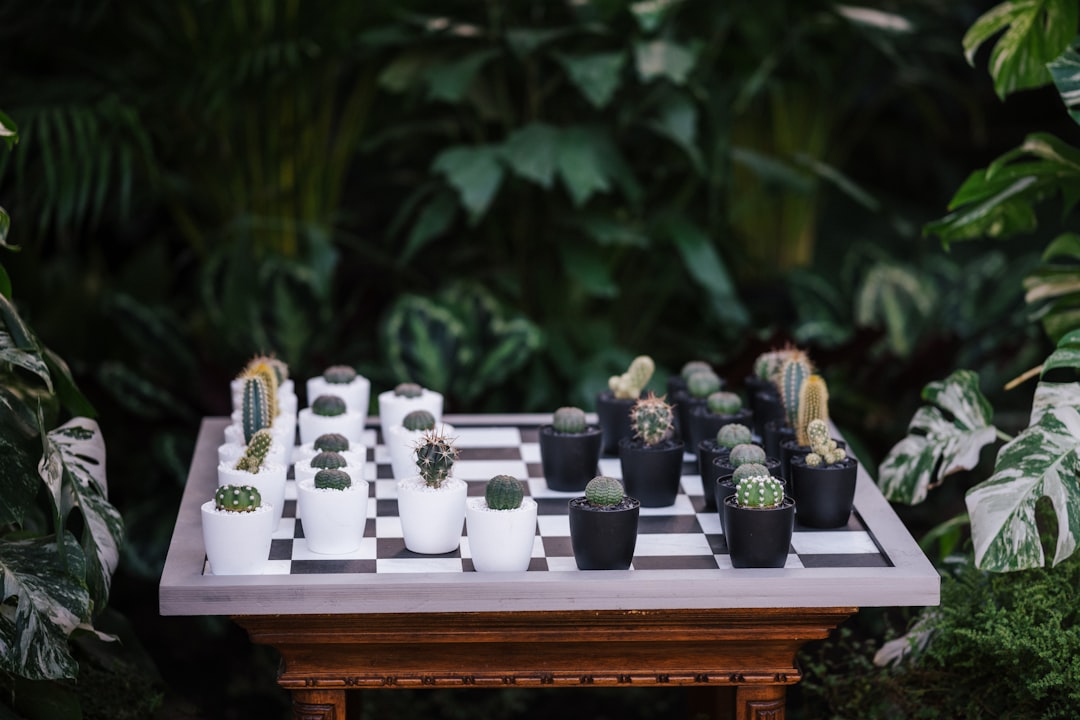Succulents and cacti are often grouped together, and for good reason—they share many similarities. Both are known for their ability to store water, making them drought-tolerant and low-maintenance. However, while all cacti are succulents, not all succulents are cacti. Understanding the differences between these two plant types can help you care for them properly and choose the best varieties for your indoor or outdoor garden.
What Are Succulents?
Succulents are a broad category of plants that have thick, fleshy leaves, stems, or roots that store water. This adaptation allows them to survive in arid environments with minimal rainfall. The term “succulent” doesn’t refer to a specific plant family but rather a characteristic shared by many plants across different botanical families.
Key Characteristics of Succulents:
-
Water-storing leaves or stems: Their thick, fleshy parts retain moisture, reducing the need for frequent watering.
-
Varied shapes and colors: Succulents come in rosette, trailing, or upright forms and display colors ranging from deep green to purple, pink, and blue.
-
Soft or smooth surfaces: Unlike cacti, most succulents lack spines or have minimal protective structures.
Popular Succulent Varieties:
-
Echeveria – Rosette-shaped with pastel-colored leaves.
-
Jade Plant (Crassula ovata) – A classic succulent with plump, oval leaves.
-
Zebra Plant (Haworthia) – A small succulent with white-striped, spiky leaves.
-
String of Pearls (Senecio rowleyanus) – A trailing succulent with bead-like leaves.
What Are Cacti?
Cacti are a specialized subgroup of succulents that belong to the botanical family Cactaceae. They share the ability to store water but have distinct features that set them apart from other succulents.
Key Characteristics of Cacti:
-
Areoles: The defining feature of cacti, these small, cushion-like bumps on the plant’s surface produce spines, flowers, or new growth. If a succulent lacks areoles, it is not a cactus.
-
Spines instead of leaves: Unlike many succulents that have fleshy leaves, cacti often have spines that help reduce water loss and protect them from predators.
-
Thick, ribbed stems: Many cacti have vertical ribs or pleats that expand and contract depending on water availability.
Popular Cactus Varieties:
-
Barrel Cactus (Echinocactus grusonii) – A round, spiny cactus with a golden hue.
-
Bunny Ear Cactus (Opuntia microdasys) – A cute, pad-like cactus covered in tiny, hair-like spines.
-
Christmas Cactus (Schlumbergera) – A flowering cactus with smooth, segmented stems.
-
Saguaro Cactus (Carnegiea gigantea) – The iconic, towering cactus of the desert.
Care Needs: Succulents vs. Cacti
While both succulents and cacti require similar basic care, there are a few differences in their needs.
Factor Succulents Cacti Watering Every 1–2 weeks (when soil is dry) Every 2–3 weeks (even drier conditions) Sunlight Bright, indirect light; some tolerate shade Full sun to bright direct light Soil Well-draining cactus/succulent mix Very fast-draining soil with sand or perlite Humidity Can tolerate some humidity Prefer dry environments Fertilizer Occasional feeding in spring/summer Light feeding during the growing seasonFinal Thoughts
While succulents and cacti share many similarities, their differences make them uniquely appealing to different plant lovers. If you prefer soft, leafy plants with a variety of colors, succulents might be your go-to. If you love the rugged, spiky aesthetic of desert plants, cacti could be your perfect match. Regardless of which you choose, both succulents and cacti bring beauty and resilience to any space with minimal effort.
So, the next time you’re picking out a new plant, take a closer look—does it have spines and areoles, or smooth, fleshy leaves? Understanding these distinctions will help you give your plants the best care possible!

Comments
No comments yet. Be the first to comment!
You must be logged in to comment. Login